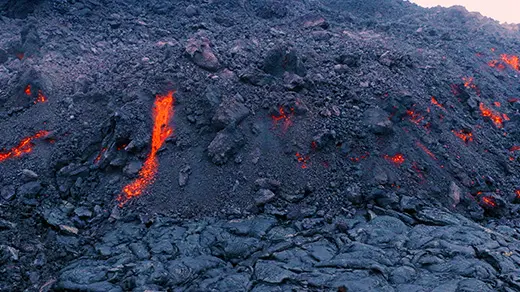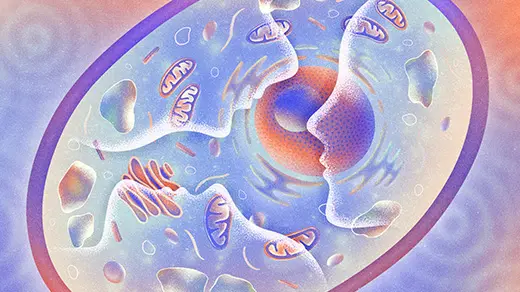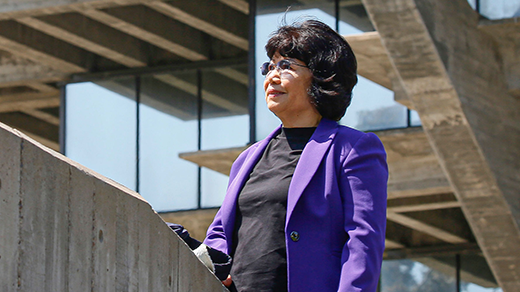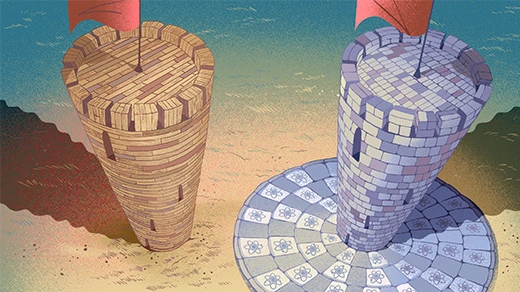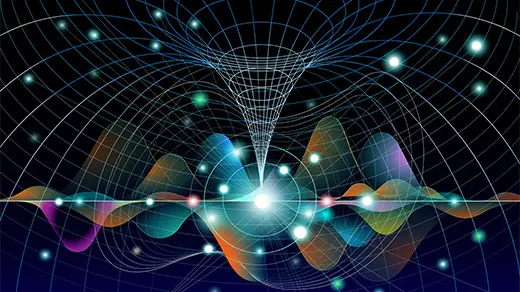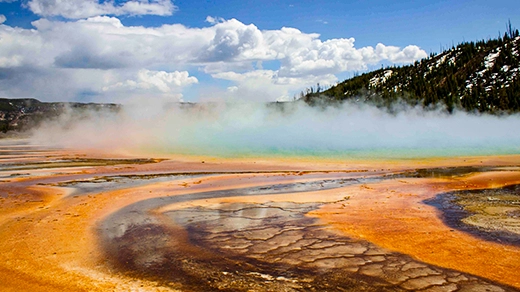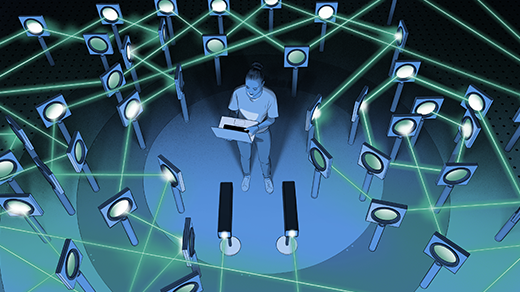Archive
Latest Articles
Earth’s Core Appears To Be Leaking Up and Out of Earth’s Surface
Strong new evidence suggests that primordial material from the planet’s center is somehow making its way out. Continent-size entities anchored to the core-mantle boundary might be involved.
At 17, Hannah Cairo Solved a Major Math Mystery
After finding the homeschooling life confining, the teen petitioned her way into a graduate class at Berkeley, where she ended up disproving a 40-year-old conjecture.
What Can a Cell Remember?
A small but enthusiastic group of neuroscientists is exhuming overlooked experiments and performing new ones to explore whether cells record past experiences — fundamentally challenging what memory is.
Why the Key to a Mathematical Life is Collaboration
Fan Chung, who has an Erdős number of 1, discusses the importance of connection — both human and mathematical.
Quantum Scientists Have Built a New Math of Cryptography
In theory, quantum physics can bypass the hard mathematical problems at the root of modern encryption. A new proof shows how.
Why Did The Universe Begin?
In this episode of The Joy of Why, Thomas Hertog discusses his collaboration with Stephen Hawking on a provocative theory arguing that the laws of physics evolved with the universe, and how this could have shaped a cosmos fit for life.
The Cells That Breathe Two Ways
In a hot spring at Yellowstone National Park, a microbe does something that life shouldn’t be able to do: It breathes oxygen and sulfur at the same time.
AI Comes Up With Bizarre Physics Experiments. But They Work.
Artificial intelligence software is designing novel experimental protocols that improve upon the work of human physicists, although the humans are still “doing a lot of baby-sitting.”
How Distillation Makes AI Models Smaller and Cheaper
Fundamental technique lets researchers use a big, expensive “teacher” model to train a “student” model for less.
